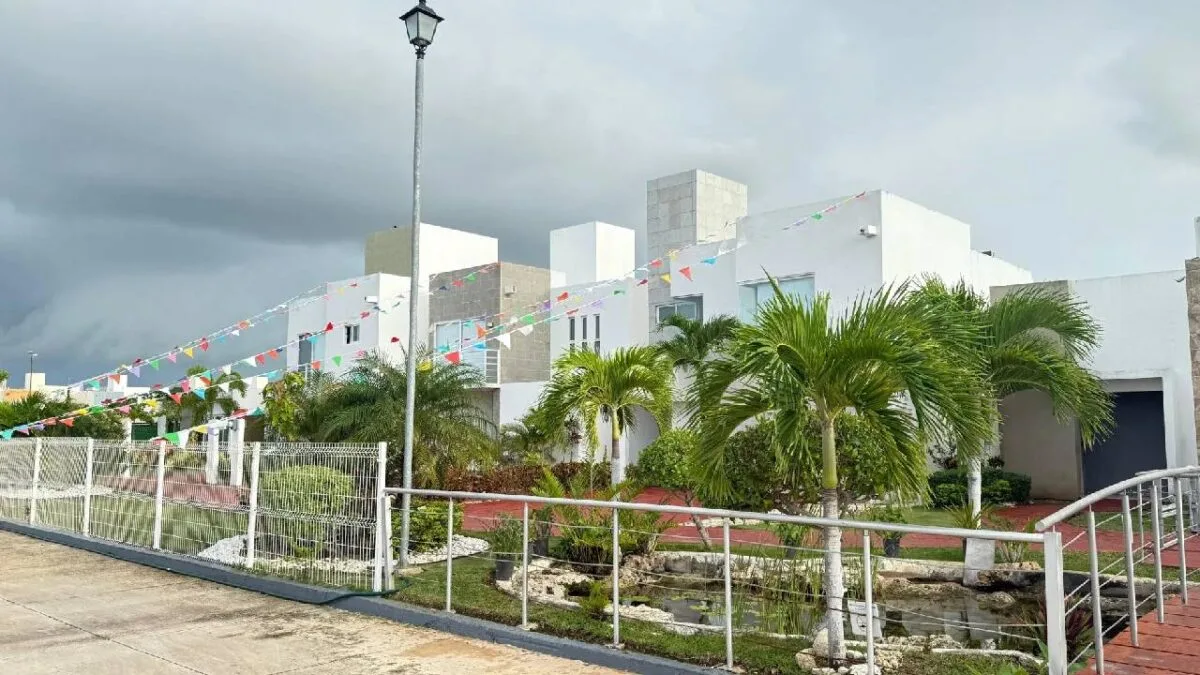Quintana Roo — The president of the College of Valuers of Quintana Roo, Kristian Hernández Rendón, has warned that at least 10% of real estate transactions in the state involve properties being marketed without a subdivision license, a phenomenon that he stated has spread among developers seeking immediate liquidity without resorting to bank financing.
Growing Practice and Risk for Buyers
Hernández Rendón described the situation as “delicate” due to the level of patrimonial risk for buyers, especially foreign and international investors, and the impact already reflected in various local markets.
He explained that while this scheme allows developers to advance quickly, it also fuels real estate fraud, as many projects are marketed without meeting basic requirements. With recent alliances with the Public Registry, he said, it is now easier to verify if a development has the necessary permits to be sold.
What is the Subdivision License and Why is it Crucial?
The subdivision license is an indispensable permit for dividing a property and developing residential, tourist, industrial, or commercial projects. It ensures that the development complies with land use, infrastructure, and zoning regulations, in accordance with the State Subdivision Law.
“Many investors lose their patrimony because they buy into projects without permits. It is serious. If the documentation does not comply, it simply does not proceed,” he affirmed.
Impacts on Markets: Cancún Resists, Chetumal Retreats, and Tulum Sinks
The College of Valuers reports direct effects in several destinations:
- Cancún: Advances in Regularization – In coordination with Sedetus, Cancún has managed to contain significant damage thanks to a more robust review and regularization process.
- Chetumal: Drop in Sales – In the state capital, where some developers are unaware of the regulations, sales have registered a considerable decline, reflecting the perceived risk by buyers.
- Tulum: The “Red Flag” of Quintana Roo – Tulum faces the most critical scenario. According to Hernández Rendón, sales have fallen by up to 30% in the last semester, property value appreciation has stagnated, and investors, mainly foreigners, show disillusionment after feeling deceived by irregular projects.
If the trend continues, Tulum could evolve into a “ghost town,” with an estimated depreciation between 20% and 30%.
“When there is uncertainty, people stop buying. This crisis could extend throughout all of 2026 if no action is taken,” he warned.
Irregular Developments Create Unsustainable Supply in Tulum
The excess of projects without permits or municipal supervision has generated an unsustainable supply curve, derived from the real estate boom that exceeded local regulatory capacity. This has created a high-risk environment for both buyers and the tourist destination itself.
Recommendations from the College of Valuers
The organization urged investors and buyers to:
- Work with certified advisors, preferably affiliated with AMPI.
- Verify subdivision licenses and permits before signing.
- Opt for developers with a proven track record in the region.
- Avoid new projects that lack references or approved permits.
Urgent Need to Halt Irregular Developments to Protect Property Value
Hernández Rendón emphasized that Quintana Roo must stop developments without permits to protect investor confidence and market stability. He recalled that the real estate sector is one of the economic engines of the state, but its growth will depend on effective regulation, constant vigilance, and greater professionalization.
Discover more from Riviera Maya News & Events
Subscribe to get the latest posts sent to your email.
